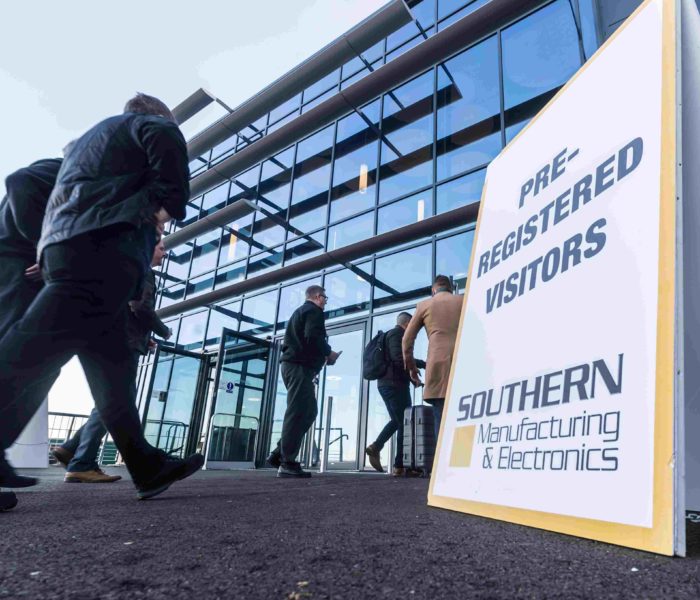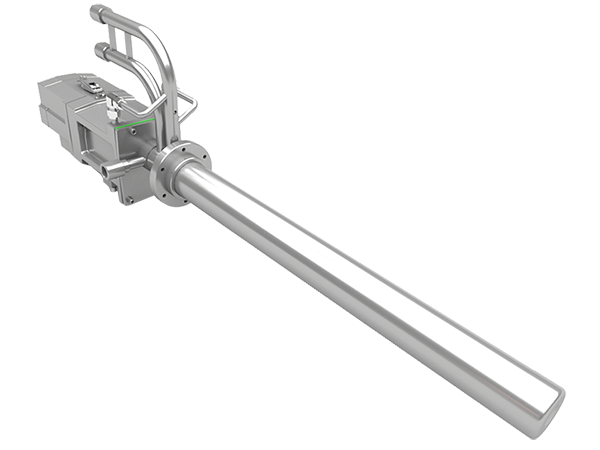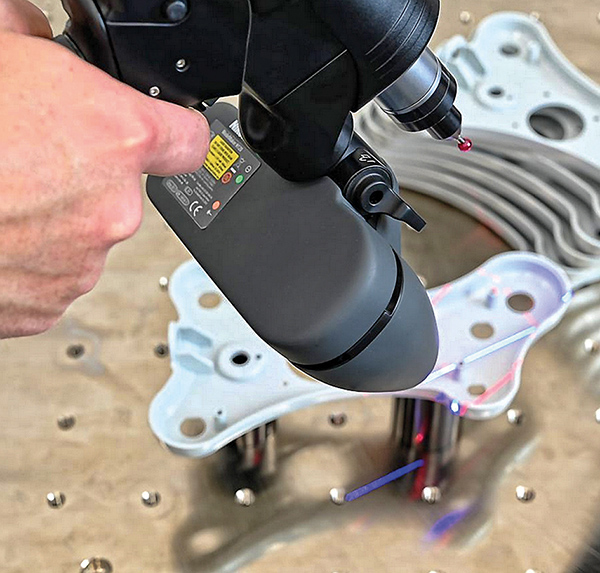
LK Metrology has expanded its Freedom arm range of 3D articulating-arm metrology systems, or portable measuring arms, with the launch of five ultra-accuracy models in both six-axis and seven-axis variants. The 10 new arms bring the total number of different varieties available from LK to 34.
Called Freedom Ultimate and Freedom Ultimate Scan, the new arms are available with measurement volumes from 2.5 to 4.5 m. Each model complements the comparable size of existing Freedom Classic and higher accuracy Freedom Select products with six axes designed for touch probing, as well as the seven-axis Scan equivalents for multi-sensor metrology, including laser scanning.
The ultra-accuracy arms, which come with a calibration sphere and verification bar carrying ISO 17025 certification, offer increased precision in applications from quality control and on-machine verification, through to reverse engineering, virtual assembly design and 3D modelling. Up to 8% more measuring accuracy is available than the next most precise product range, Select, while compared with the entry-level Classic arms the improvement is up to 43%.
By introducing the extra degree of freedom in all Scan models, Nikon Metrology is providing infinite movement to enable scanning with the company’s ModelMaker H120 laser scanner. All arms are available with a variety of probe kits, styli, mounting rings (including some with a magnetic or vacuum base), tripods, rolling stands and carts with laptop arm.
Carbon-fibre tubular construction ensures stability under challenging operational conditions, while a proprietary counter balance makes manual movements light, promoting ease-of-use even when trying to access awkward areas. Optional Wi-Fi connectivity and battery power allow completely portable wireless measurement.
For further information
www.lkmetrology.com
























